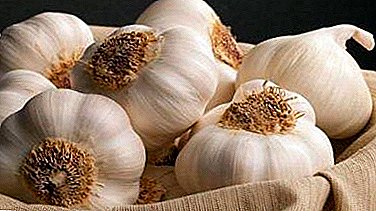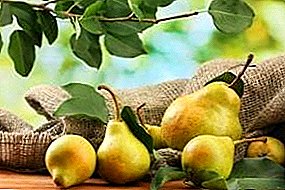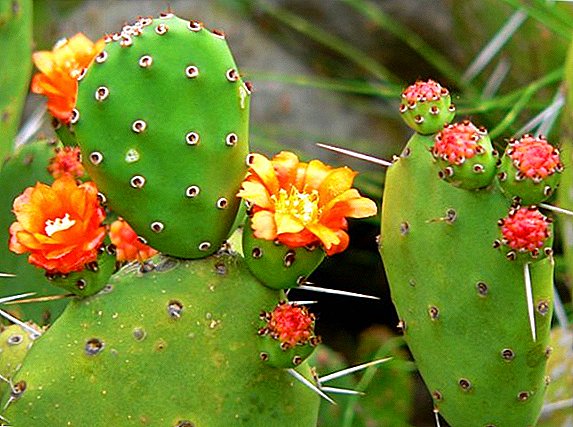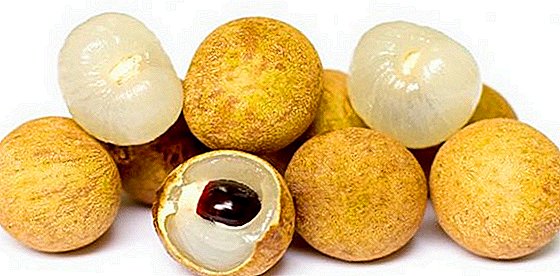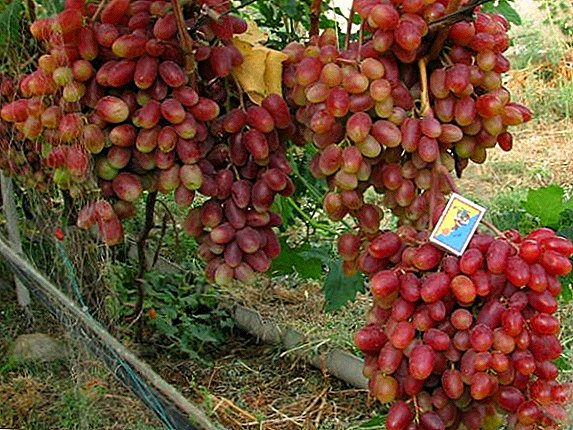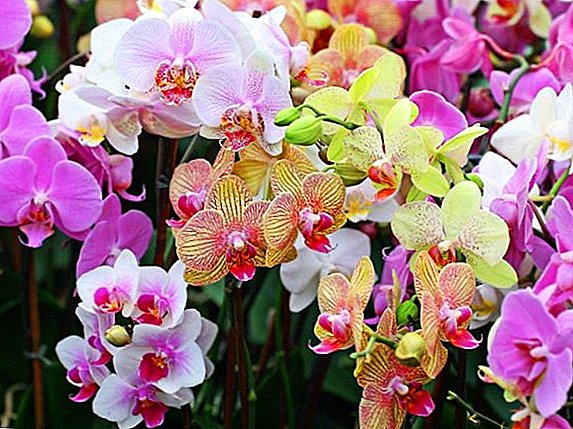 Orchids are epiphytes that are attached by roots to other plants. However, they are not parasites and do not take any useful substances from the forophytes (host plants). Plants from the Orchid family feed exclusively on the energy of the sun, and moisture is obtained from the air and precipitation in the form of rain and fog.
Orchids are epiphytes that are attached by roots to other plants. However, they are not parasites and do not take any useful substances from the forophytes (host plants). Plants from the Orchid family feed exclusively on the energy of the sun, and moisture is obtained from the air and precipitation in the form of rain and fog.
Habitat of these plants are considered tropical regions of all continents, but at home, these exotic flowers are also grown. In this article we will talk about how to water the orchids at home in a pot, and also tell you about irrigation methods for beginners.
Specificity of moisture consumption by epiphytes
It is important to understand that epiphyte plants consume moisture according to a certain specificity that distinguishes them from forophyte plants. Before irrigating your exotic flower, you need to study and understand this specificity.
And only after that you can adapt the watering of orchids, which will most closely match the natural moisture consumption of the flower in the wild. Specificity is based on the following patterns: 
- Plants of the Orchid family absorb moisture in certain doses and gradually. Such a mechanism will be executed due to the successful structure of the roots of the flower. The root system has fine hairs that are covered with lignified tissue. It resembles a sponge, which dispenses water for consumption.
- In the natural habitat of Orchids consume moisture during rain, fog, dew. Sometimes they absorb some liquid from the surface of the phorophyte. But the main feature is that the roots of orchids are always aired and do not remain wet on a permanent basis.
- The growth of representatives of the Orchid family in natural conditions occurs according to a certain cycle: first the leaves and the root system actively develop, then the flowering period begins, which often coincides with the active rain phase in the tropics. This should be taken into account when home watering and adjust the intensity and cyclical moisture return.
- Epiphytic plants in the process of evolution acquired the ability to survive dry periods without any problems. They are able to accumulate water in the leaves, shoots, roots and bulba.
- Solar energy and the frequency of irrigation are interrelated. When in tropical latitudes there are periods with a small number of sunny days, epiphytes slow down growth and development, and at this time they do not need a large amount of moisture. Moreover, if during such periods of moisture will be too much, then the process of rotting of the root system may begin.
Important! Before starting to irrigate orchids, pick the top layer of soil and check how wet it is inside.

What water to water the orchid
You should first understand what kind of water to water the orchid. For the normal growth of an exotic flower, it is necessary to select the optimal characteristics of the aquatic environment: acidity, hardness, temperature.
Hardness of water
Water for irrigation of Orchids should be soft, in extreme cases - moderately hard. Independently determine the hardness of water is unlikely to succeed due to various technical difficulties.
For a general assessment, we will cite the following data: in St. Petersburg and the Baltic States, the water is soft, in Moscow - moderately hard, in Kiev and the neighboring areas - very hard. That is, if in the specified regions of Russia water can not be pretreated to minimize hardness, then in Kiev it is simply necessary to do this.
Orchids have many varieties and types - black, Venus shoes, ludizii, blills, Wanda, tselogin, dendrobium, cymbidium, miltonia, cambria, oncidium, - only some of them.To reduce rigidity, you can buy oxalic acid, which is on the shelves of many garden centers. 1/8 tsp is added to 5 liters of water. acid infused day. Then the water is drained (using a filter or gauze rolled up several times).
 Some people tend to think that you can use regular distilled water for irrigation, as it is soft. The fact is that such a liquid is completely free of mineral salts, and it must be diluted with tap water.
Some people tend to think that you can use regular distilled water for irrigation, as it is soft. The fact is that such a liquid is completely free of mineral salts, and it must be diluted with tap water.Another effective way to reduce stiffness is filtering. Today, there are special water filters that relieve the liquid from fungi, bacteria and heavy metal salts.
The level of acidity of water and its optimum temperature
An important characteristic of irrigation water is the acidity of the pH. Experts say that the optimum pH should be in the range of 5-5.5. If the acidity is too high, then a few drops of unripe lemon juice should be added to the liquid, it will contribute to its decrease. By the way, the pH level is easily recorded with the help of litmus.
Did you know? Some species of plants from the Orchid family can continue their life cycle for about 100 years.The optimum water temperature for irrigation should not exceed + 40 ° C. The lower temperature limit should be + 30 ° С. The liquid should be of such a temperature that when you lower your hands in it you do not feel discomfort.

How often watering is recommended
The question of how often it is necessary to water the orchid during the flowering period remains the most asked on the forums of flower growers. It is important to understand that no one will give you an unequivocal answer to such a question, since the frequency of irrigation of an exotic flower depends on many factors: the mode of planting, the temperature regime, the type of Orchids.
For example, Dendrobium, Cattleya and Odontoglassum do not like overmoistened soil. Such plants prefer to accumulate liquid in the roots, leaves, shoots and grow for some time in dry soil.
But Phalaenopsis, Miltonia and Cymbidium need to be watered frequently during the active period of growth (during flowering), since the listed exotic flowers experience severe discomfort when there is not enough moisture.
It should also be noted that good lighting and warm air stimulate the growth and development of the flower, active photosynthesis processes are launched, therefore abundant watering is necessary during such periods.
Important! In summer, Orchids need to be irrigated 4-5 times more often than in winter.
 Planting method also plays an important role. For example, Wanda grows in a suspension system, and spraying of its shoots and leaves is necessary every 2-3 days. Those flowers that grow in the soil rich in moss and perlite (these substances retain moisture well) are watered a little less often (every 5-7 days, depending on the season).
Planting method also plays an important role. For example, Wanda grows in a suspension system, and spraying of its shoots and leaves is necessary every 2-3 days. Those flowers that grow in the soil rich in moss and perlite (these substances retain moisture well) are watered a little less often (every 5-7 days, depending on the season).Four main irrigation methods
There are many ways to water the beautiful exotic plants of the Orchid family. We will talk about the four main, which are most often used by domestic amateur growers.
"Hot shower"
In the natural habitat, representatives of the Orchid family often absorb moisture during the summer warm rain. That is why the plants need to create conditions as close as possible to the natural.
Every month for 2-3 minutes, the flowerpots should be lowered under a warm shower, the temperature of which should not exceed 40 ° C. At the end of this procedure, it is necessary to remove water drops that have rolled into the sinuses of the leaves or the brush of flowers. For this you can use a regular cotton swab.
Did you know? In the East, people are very fond of a drink called "salep." The most interesting thing is that it is made from tubers of orchids.There is a popular belief that a hot shower can stimulate the orchid to bloom. Three procedures with an interval of 10 minutes can bring the plant such stress that will push orchids to the processes of procreation.
But it is important to understand that after watering using the “hot shower” method, it is necessary to thoroughly dry and / or ventilate the root system of the flower so that rotting processes do not start. The positive side of this method of irrigation - leaching from the top layers of the soil residues of salts of heavy metals and the enrichment of the roots with oxygen.
"Immersion"
This method of watering involves the complete immersion of a pot with a flower in warm water for 30 seconds. It is important not to overdo the plant in liquid, otherwise you can cause irreparable harm to it.
After holding the pot for thirty seconds, it takes the same amount of time to drain the excess liquid (keep it in the air). This method of irrigation is suitable only for healthy flowers that do not have any diseases.
Well, personal advice: the irrigation method of "immersion" is best carried out only during periods of active growth and flowering (late spring, summer, the first weeks of autumn). 
Watering can
Immediately it should be noted that it is best to irrigate orchids in this way in the first half of the day (it will be an advantage if the flowerpots are located on the southeast side of the house). For irrigation, a watering can with small holes and settled purified water is necessary.
Watering to produce over the entire area of the soil, without affecting the point of growth (also try not to spill water in the sinuses of the leaves). Irrigation continues until liquid begins to flow from the lower holes into the pan. When this happens, you need to wait 3-5 minutes and repeat the procedure. Then drain excess liquid from the pallets.
Spraying roots
A similar method of moistening plants can be used only by owners of suspended orchids, that is, growing on blocks. Since pendant flowers absorb moisture much more quickly and dry roots, irrigation should be carried out a little more often.
Experts recommend using a spray gun that is configured for "fog" mode. Watering should be done every 1-3 days in the early morning. 
How to water a blooming orchid
During periods of flowering orchid should be watered more often. In the natural habitat, rain may not fall out for a long time, and this does not harm the plant at all, because they are adapted to such processes.
But if you want an exotic guest to delight you with a beautiful and long flowering period, watering should be increased by 1.5-2 times. So, if usually irrigation was carried out as the soil dries, then a blooming orchid should be watered abundantly every 3-4 days.
Important! It is very easy to determine the resting state of an orchid: the active flower has a green root, while the sleeping one is white, covered with velamen.If the flowering process occurs in the summer, then one rule should be remembered: the irrigation intensity should be increased with each irrigation. In this case, the pot should be kept on the sunny side of the house. In winter, flowering occurs less frequently, but if it does happen, it is necessary to add various top dressings to the irrigation water.
The difference in watering in winter and summer
Before you start growing Phalaenopsis orchid at home, you need to figure out how often to water this exotic plant in winter and summer. Immediately it should be noted that during the period of "hibernation" the temperature of the irrigation liquid should not be lower than + 35 ° C.
If the place where the flower is kept is too cold, then foam should be placed under the pot. During periods of rest, which often fall on the winter season, watering is minimized (irrigation is carried out 1-2 times a month). Restrictions are removed only in the case of flowering of an exotic plant.
In the summer, when the plant is actively growing and developing, watering is done much more often. But an important stage is the period when the flower leaves the state of rest. In spring, the frequency and intensity of irrigation should be gradually increased.
After each irrigation, the flower should be placed in a sunny place, since active photosynthesis processes begin. In the fall, it is necessary to gradually reduce watering and prepare the orchid for a state of rest.
Common watering errors
Very often, errors in watering can lead to the fact that the orchid does not bloom for a long time or the plant simply dies. Below we give the most common mistakes of amateur flower growers, so that you do not allow them to take care of your flower:
- After heavy irrigation, many people forget to drain water from pallets. This error leads to the fact that the fluid is constantly in the lower part of the root system, and since it spontaneously evaporates for a long time, the processes of decay soon begin. There is an imbalance in the distribution of fluid in the lower and upper parts of the plant: shoots, leaves and the upper part of the roots need moisture, the lower part of the root system is experiencing an excess of moisture.
Did you know? In Singapore, there is the Orchid National Park. In his collection there are more than 60 thousand species of these exotic plants, and this is a record figure all over the world.
- Very often, orchids are sold together with a wet holding invisible part. It is designed to retain moisture, if watering is rare. But since you will carefully take care of your plant, forgetting about the water-intensive part (located inside the root system and consists of moss or foam rubber), you can irreparably harm the orchid. Moss or foam will hold moisture for a long time, and watering will be quite frequent. Everything will lead to the fact that the plant will die from an overabundance of moisture. That is why after buying the flower must be transplanted.
- Too frequent spraying will lead to the loss of a large part of the foliage. If you spray the flower daily, the moisture will accumulate at the growth point and gradually destroy the cells. Such actions are unacceptable, so spraying is carried out no more than once every 2-3 days, and after each moistening procedure, the pot is placed on a sunny place for good drying.
 Now you know how often it is necessary to water orchids at home in summer and in winter so that they do not die and regularly give intensive flowering. Remember that the most important thing in the care of a tropical guest is to create conditions close to those in the tropical forests of America and Asia.
Now you know how often it is necessary to water orchids at home in summer and in winter so that they do not die and regularly give intensive flowering. Remember that the most important thing in the care of a tropical guest is to create conditions close to those in the tropical forests of America and Asia.

